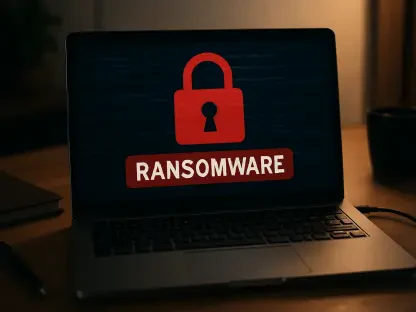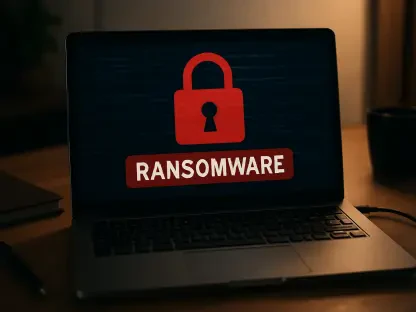In the ever-evolving digital landscape, reinstalling or updating software might seem like a mundane task. Yet, behind this routine process, malicious actors are creating sophisticated malware that could potentially bypass trusted antivirus solutions using fake installers. This new tactic is raising eyebrows within the cybersecurity community and affecting users worldwide.
Unveiling the New Malware Menace
In recent years, there has been an alarming increase in malware infections spread through fake installers imitating popular applications such as VPN services and web browsers. These counterfeit installers conceal harmful payloads that can infiltrate systems without raising suspicion. Once inside a network, the malware seeks to extract valuable information, posing significant risks such as data breaches and financial loss. With nearly half of cyberattacks involving phishing or malicious software delivery through such means, the threat is more pressing than it might appear at first glance.
Maneuvering Through Malware Techniques
Diving into the intricate world of malware evasion, attackers have devised clever strategies to get past antivirus defenses. One example is the use of memory-resident malware loaders, which operate stealthily by launching in memory and never writing to disk, thus avoiding detection. Another technique involves deploying decoy applications, which appear legitimate at a glance but are bundled with malware. A notable case is the Silver Fox APT, a campaign targeting Chinese-speaking users, utilizing malicious installers to distribute what’s known as the Winos 4.0 framework. This campaign demonstrates the capability of skilled cybercriminals to adapt and hijack systems using deceptive methods.
Expert Insights on an Ongoing Battle
Security professionals have been analyzing these incidents, uncovering the nuances behind malware evasion tactics. One researcher noted how attackers often exploit expired digital certificates to gain unwarranted trust from antivirus programs and end-users. By presenting bogus applications as authentic through these certificates, cybercriminals can circumvent protection systems effectively. Such findings reflect a growing need for stronger defenses, given that attackers continue to innovate and fine-tune their tactics for evasion.
Advocating for Improved Cyber Defenses
Protecting against malware masked as legitimate software requires a multi-faceted approach. Enhancing antivirus solutions is essential, focusing on detecting anomalous network behavior and providing real-time analysis of software executions. Additionally, user education plays a critical role in prevention. By informing users about the signs of fake installers and the importance of downloading software directly from official sources, organizations can reduce the likelihood of falling victim to these deceiving methods.
Understanding the implications of malware evasion tactics like fake installers conveys the urgency of robust cybersecurity measures. As attackers evolve, so must defenses. The digital world, a dynamic sphere, calls for constant vigilance and adaptation to maintain security in the face of innovation from both sides.
Ultimately, while the battle against malware is ongoing, awareness and preparedness have proven to be the best defenses. The ability to recognize and react to emerging threats can shape a safer digital future for everyone.









